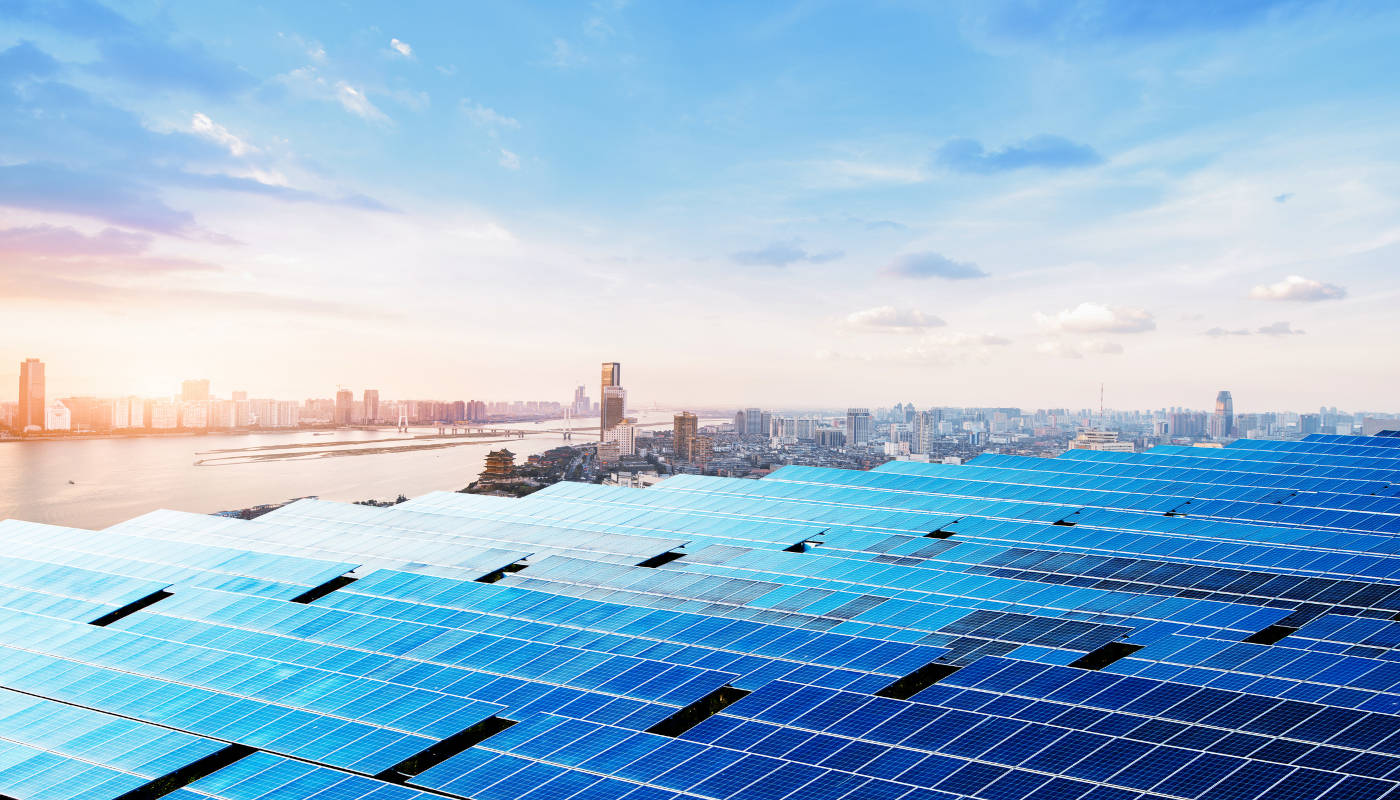
A neighborhood movie theater in Brooklyn, New York, although quiet in recent months because of coronavirus restrictions, is an active participant in a four-year-old, peer-to-peer power sharing network called the Brooklyn Microgrid. With a solar array on its roof, Cobble Hill Cinemas is part of a pioneering alternative-energy exchange among business and residential users - a so-called transactive delivery strategy that is poised to give the global renewables movement a boost.
A project of LO3 Energy, the microgrid infrastructure has components and financial backing from Siemens, along with blockchain, or distributed ledger technology, for secure transaction tracking and documentation.
Such self-sufficient local grids “are becoming increasingly significant,” says a Siemens case study, pointing to another example, in Wildpoldsried, Germany, which started in 2014. “These microgrids include network control systems, switchgear, innovative battery solutions and smart electric meters.” Bookkeeping with blockchain relies on “cryptographic technology to save data in a way that is inexpensive and forgery-proof. For example, it can ensure that users receive original replacement parts, because it can seamlessly retrace a part's journey back to its origins with the help of an RFID [radio frequency identification] chip and the blockchain.”
In the peer-to-peer network, energy producers and users - known as prosumers and consumers, respectively - buy and sell independent of conventional public utilities. The decentralized blockchain handles, stores and ensures trustworthiness of the digital transactive data.
Strides in Europe
The energy sector as a whole has been slower than financial services to explore and adopt blockchain, also known as distributed ledger technology. In a July 2020 Information Age article, JÜrgen Resch, energy industry manager at software maker COPA-DATA, attributed the difference to energy's “considered and cautious” decision-making culture. But he added that “great strides” are taking place.

Resch wrote that blockchain is well suited for microgeneration, where “an owner of a small solar farm may be selling excess energy to their neighbors. Inevitably, these neighbors want a fast and straightforward system to access this energy.” He mentioned the Elbox green energy venture, developed with an Ethereum blockchain and initially field tested in Wuppertal, Germany, in 2017.
He added: “Looking to the future, Europe will be on its way to optimizing microgrid profits through decentralized, peer-to-peer trading.”
Meanwhile, it is reported that German energy company Uniper Global Commodities is using a blockchain platform developed with Wipro (India) in liquefied natural gas (LNG) delivery and settlement processes.
Brooklyn's “First”
The Brooklyn Microgrid represented “the first successful use case of blockchain-based energy swap” in 2016, says Brad Robertson, founder and CEO of Polyient Labs, an early-stage blockchain incubator. “It was small scale and pretty primitive at the time, but since then, the majority of energy-sector blockchain use cases have revolved around P2P energy sharing.”
Peer-to-peer sharing “is not a new concept,” Robertson continues, but introducing blockchain “makes perfect sense . . . It reduces the amount of control centralized power grids have over energy sources and their costs. Blockchain fosters a more open and transparent approach to energy sharing, because network participants have full visibility into multiple energy producers, their costs, the renewable alternatives they offer, and other factors that local municipalities might want to consider."
Blockchain and transactive energy were on the agenda of a U.S. Senate Energy and Natural Resources Committee hearing in August 2018, where Thomas Golden, program manager for technology innovation at the Electric Power Research Institute (EPRI), testified: “The challenge facing any transactive energy system is that it must run on disparate devices, through many levels of the grid, consumer, microgrid, feeder, distribution system operator, and transmission system operator, to enable transactions.
Ensuring Security
Golden pointed to three characteristics that collectively make blockchain attractive: security, transparency and immutability.

“Security and control requirements vary due to design trade-offs inherent in the technology,” he explained. “It is important to find processes where these three characteristics add value. For customer-facing applications, the main value may be in increasing trust for those customers who would prefer an independent system capturing energy usage.”
Arvind Narayanan, associate professor of computer science at Princeton University and co-author of Bitcoin and Cryptocurrency Technologies: A Comprehensive Introduction, said at the hearing that “blockchains offer an alternative route to data integrity that provides an authoritative record of the date and time of transactions and other messages. Second, blockchains can enable rapid detection of, and recovery from, breaches,” as their “comprehensive audit trail . . . would aid intrusion investigation and forensics. Finally, blockchains can help improve the availability and fault-tolerance of computing systems, although alternative technologies exist.”
Compliance and Risk Management
Blockchain enables transactive functions within a framework of regulatory compliance, accountability and transparency, and risk management. The technology's smart-contract capability can automate the steps of bidding and settlement. It can facilitate market entry by smaller participants, thereby reducing an otherwise high barrier to entry.
Inherent in the distributed ledger are traceability and automation of intermediary, asset-tracking and metering functions, with a reliance on trusted digital identities.,
“With digital cryptography, you can use the blockchain applications to say, 'I've got an extra store of solar energy, and here's how people can create a token to trade the value of it,” says Jimmy Nguyen, founding president of Bitcoin Association in Switzerland. “Then, within that token, it can be coded with the power to unlock the access to electricity.
“That's the big idea and why I think blockchain technology is very useful for this area . . . You can audit and verify the accuracy of the transactions, the trades, the amounts of electricity.”
“If you have your own electricity to spare today in your home,” Nguyen explains, “or if you have solar panels or generators, whatever electricity source you have, it can be difficult to sell or trade. But with blockchain technology, you can do several things. You can create a token, which is just a digital representation of value which can be used to trade electricity. You can use the blockchain technology in order to do the technical function of providing access, with encryption or decryption keys, to things that let the electricity out. Just because you have that electricity doesn't mean you can provide people with access to it.”
As Lawrence Orsini, founder and now chief innovation officer of Brooklyn Microgrid initiator LO3 Energy, said to the New York Times in 2017, “There's nothing technically infeasible about what we're doing. In order for transactive energy to take off as a whole, regulators have to be comfortable that markets can actually work this way and, more importantly, that people want markets like this.”
Three years later, it is accelerating beyond the proof-of-concept stage.